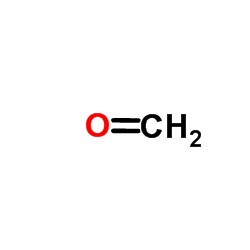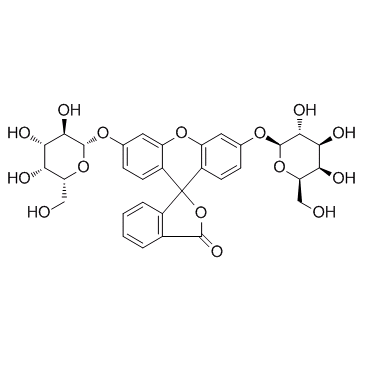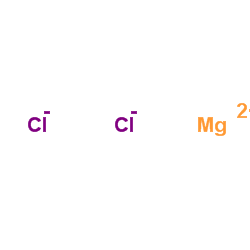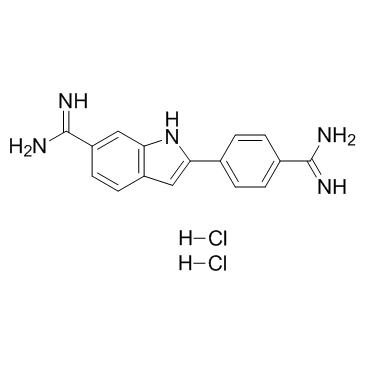| Structure | Name/CAS No. | Articles |
|---|---|---|
 |
Sodium 2-oxopropanoate
CAS:113-24-6 |
|
 |
Potassium
CAS:7440-09-7 |
|
 |
Formaldehyde
CAS:50-00-0 |
|
 |
potassium hydride
CAS:7693-26-7 |
|
 |
Fluorescein di(β-D-galactopyranoside)
CAS:17817-20-8 |
|
 |
Magnesium choride
CAS:7786-30-3 |
|
 |
4',6-Diamidino-2-phenylindole dihydrochloride
CAS:28718-90-3 |